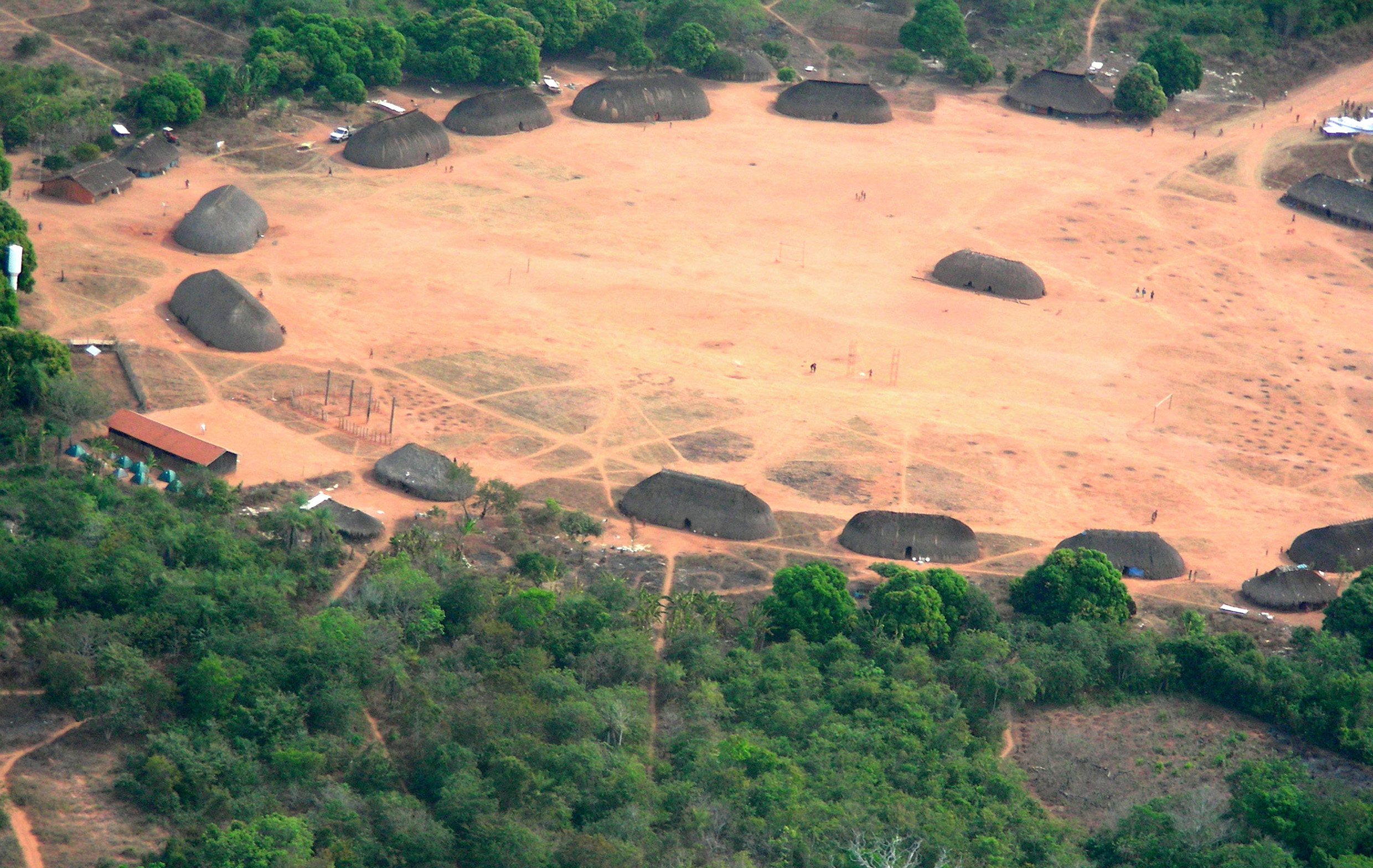|
Canela People
The Canela are a group of multiple indigenous peoples of Northeastern Brazil who speak the Canela language Canela is a dialect of the Canela-Krahô language, a Timbira variety of the Northern Jê language group ( Jê, Macro-Jê) spoken by the Apànjêkra (Apaniêkrá) and by the Mẽmõrtũmre (Ràmkôkãmẽkra, Ramkokamekrá) in Maranhão, Brazi .... The peoples historically grouped under the label have included the Ramkokamekrá, Apanyekra, and Kenkateye. Until their pacification and resettlement between 1814 and 1840, the Canela were primarily hunter-gatherers, with some cultivation of garden foods (estimated to be 20% of their subsistence). References {{authority control Indigenous peoples in Brazil ... [...More Info...] [...Related Items...] OR: [Wikipedia] [Google] [Baidu] |
Canela Language
Canela is a dialect of the Canela-Krahô language, a Timbira variety of the Northern Jê language group ( Jê, Macro-Jê) spoken by the Apànjêkra (Apaniêkrá) and by the Mẽmõrtũmre (Ràmkôkãmẽkra, Ramkokamekrá) in Maranhão, Brazil. Phonology Vowels * Consonants * Stop sounds /p, t, k/ can be heard as voiced , d, ɡin syllable-initial position within unstressed syllables, following voicing and in syllable-final position following voicing. * A velar nasal /ŋ/ can fluctuate in free variation with a prenasalized and voiced plosive �ɡ~ɡbetween dialects. * /t͡s/ is recognized as a post-alveolar /t͡ʃ/ among dialectal differences. * /n, m/ can be heard as prestopped ��n, ᵇmwhen after oral vowels. * /v/ is only heard in syllable-initial position, elsewhere it is pronounced as * /j/ is heard as when in final position of consonant clusters and in initial position within stressed syllables, and is nasalized as ̃before nasal vowels. It is heard as ... [...More Info...] [...Related Items...] OR: [Wikipedia] [Google] [Baidu] |
Timbira
Timbira refers to a number of related ethnolinguistic groups of Timbira-speaking Gê peoples native to Northern and Northeastern Brazil. Among those peoples grouped under the name are the Apanyekrá, Apinajé, Kanela, Gavião (Jê) The Gavião are an indigenous people of Brazil, part of the Jê peoples. They are divided into two groups: the Parkatêjê living on the Tocantins River in the state of Pará, and the Pykobjê people of the state of Maranhão. There were about ..., Krahô, Krinkatí, and Pukobyê. References Indigenous peoples in Brazil Indigenous peoples of Eastern Brazil {{Brazil-ethno-group-stub ... [...More Info...] [...Related Items...] OR: [Wikipedia] [Google] [Baidu] |
Indigenous Peoples In Brazil
Indigenous peoples in Brazil ( pt, povos indígenas no Brasil) or Indigenous Brazilians ( pt, indígenas brasileiros, links=no) once comprised an estimated 2000 tribes and nations inhabiting what is now the country of Brazil, before European contact around 1500. Christopher Columbus thought he had reached the East Indies, but Portuguese Vasco da Gama had already reached India via the Indian Ocean route, when Brazil was colonized by Portugal. Nevertheless, the word ("Indians") was by then established to designate the people of the New World and continues to be used in the Portuguese language to designate these people, while a person from India is called in order to distinguish the two. At the time of European contact, some of the Indigenous people were traditionally semi-nomadic tribes who subsisted on hunting, fishing, gathering and migrant agriculture. Many tribes suffered extinction as a consequence of the European settlement and many were assimilated into the Brazilian po ... [...More Info...] [...Related Items...] OR: [Wikipedia] [Google] [Baidu] |
Northeast Region, Brazil
The Northeast Region of Brazil ( pt, Região Nordeste do Brasil; ) is one of the five official and political regions of the country according to the Brazilian Institute of Geography and Statistics. Of Brazil's twenty-six states, it comprises nine: Maranhão, Piauí, Ceará, Rio Grande do Norte, Paraíba, Pernambuco, Alagoas, Sergipe and Bahia, along with the Fernando de Noronha archipelago (formerly a separate territory, now part of Pernambuco). Chiefly known as ''Nordeste'' ("Northeast") in Brazil, this region was the first to be colonized by the Portuguese and other European peoples, playing a crucial role in the country's history. ''Nordestes dialects and rich culture, including its folklore, cuisines, music and literature, became the most easily distinguishable across the country. To this day, ''Nordeste'' is known for its history and culture, as well as for its natural environment and its hot weather. ''Nordeste'' stretches from the Atlantic seaboard in the northeast ... [...More Info...] [...Related Items...] OR: [Wikipedia] [Google] [Baidu] |
